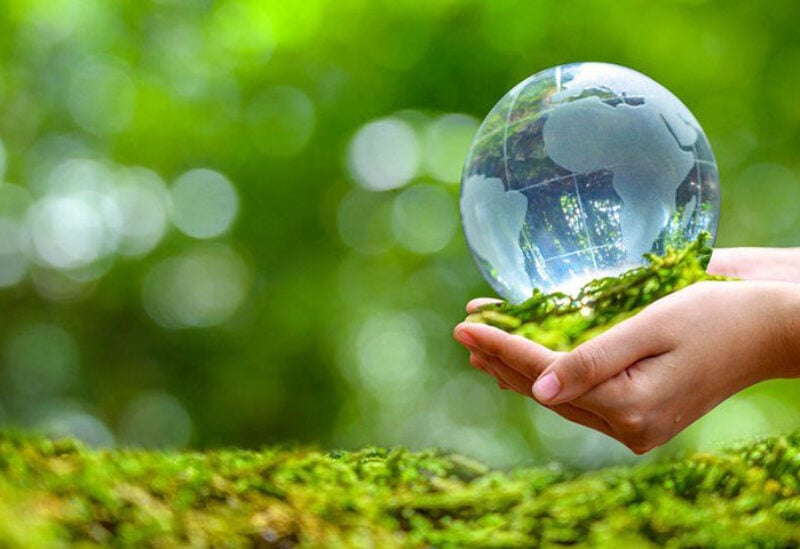
climate change
Rain is generally a good thing, but when rain poured on the highest point of the Greenland ice sheet for the first time in recorded history in August, it didn’t even make the news.
However, rain in a country known for its severe cold foreshadows a future that would alter global coastlines and submerge entire towns.
The US Snow and Ice Data Center stated that rain was seen for many hours on August 14 at a measurement site more than 3,000 metres (9,800 feet) above the sheet.
“This is an extreme event as it may never have happened before. This is probably a sign of global warming.,” Martin Stendel, a researcher at the Danish Meteorological Institute, said.
Only nine times in the past 2,000 years have temperatures at the pinnacle of the sheet reached above freezing. Three of those incidents have occurred in the last ten years, although there was no rain on the prior two occasions, in 2012 and 2019, he said.
Temperatures must be above or just below zero degrees Celsius for the rain to fall, indicating the danger that rising temperatures pose to the world’s second-largest ice sheet, behind Antarctica.
Outside of Antarctica, the Greenland ice sheet has four times the amount of ice as all other glaciers and ice fields combined.
Greenland, the world’s largest island, is more than 36,000 times the size of Manhattan and is covered in ice that is thousands of feet thick in many areas.
The ice sheet disintegrates as carbon dioxide and methane collect in our atmosphere, causing our planet to heat (the last six years have been the warmest on record).
In the last decade, Greenland has lost more ice than it did in the previous century.
In a paper published two years ago in Nature, a respected scientific publication, a group of climate scientists estimated that if Greenland continues to melt, tens of millions of people might face annual floods and displacement by 2030 – less than nine years from now.
By the end of the century, when Antarctica, which has far more ice than Greenland, begins a phase of catastrophic melting, the number of people at risk of flooding might have risen to about half a billion.